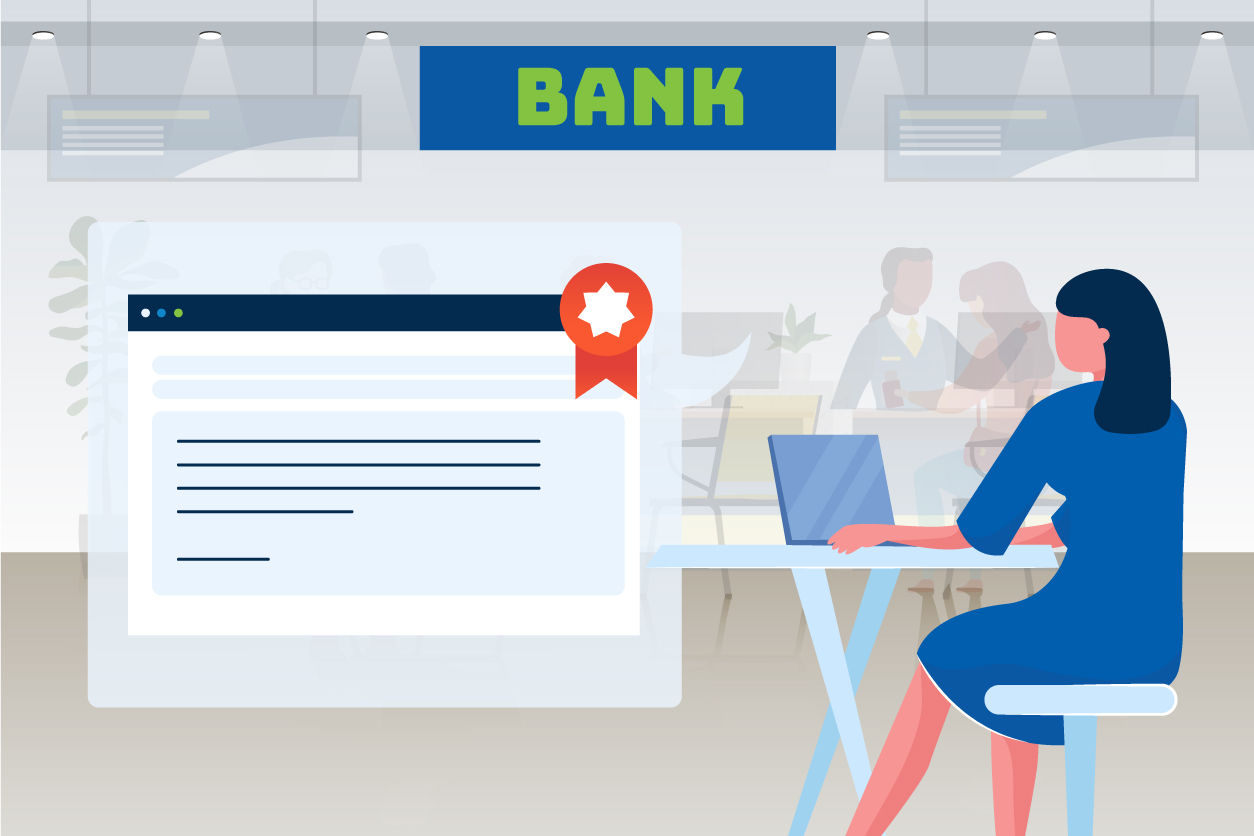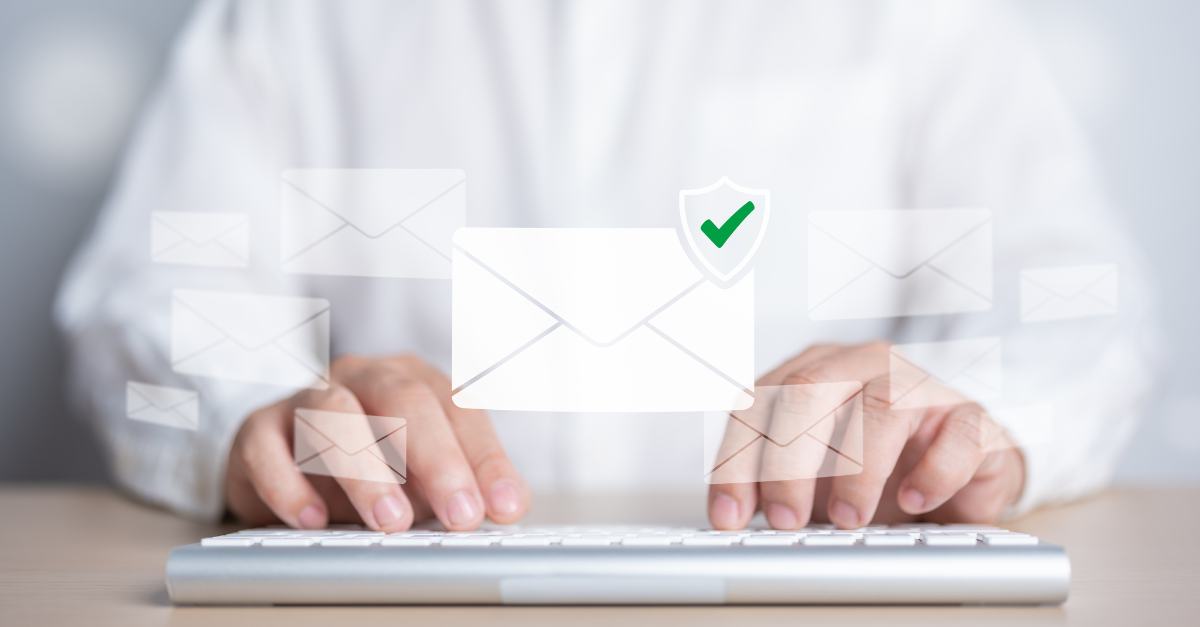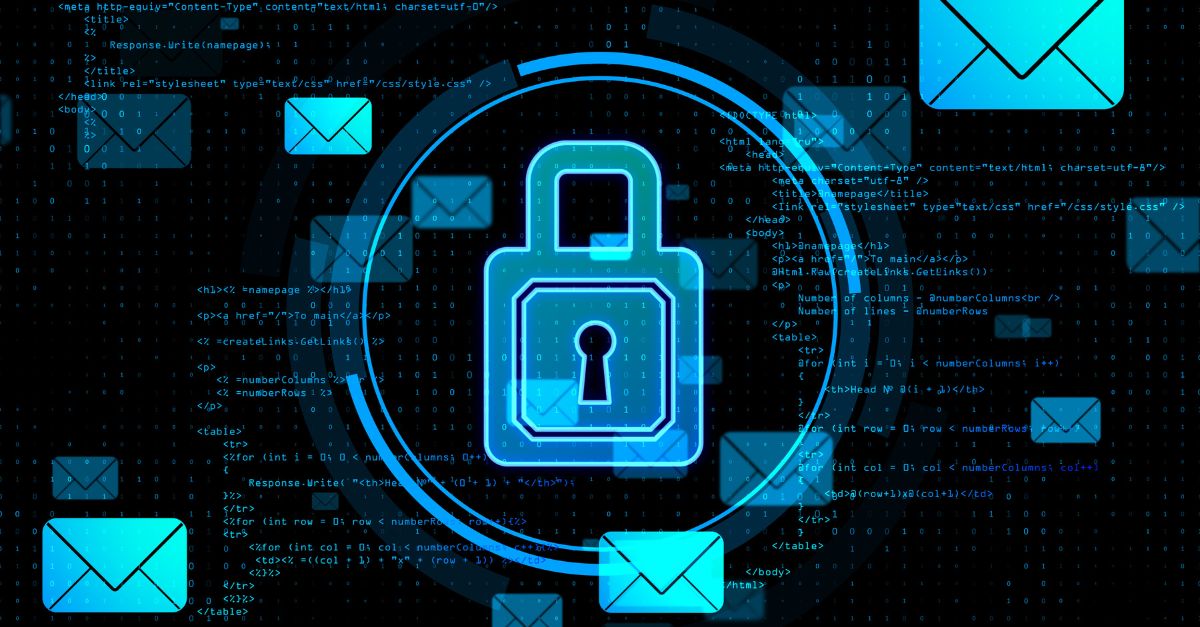The finance sector has always been a target for cyberattacks. Since financial institutions handle the most critical and sensitive client information, implementing a comprehensive email security architecture is imperative. Email threats must never be taken lightly because most data breaches always start with an email.
If you want your email to be sent across channels securely, obtaining an S/MIME certificate from a trusted certificate authority is the most practical option. If this is your first time reading about S/MIME, read our previous blog about the basics of S/MIME.
S/MIME, or Secure/Multipurpose Internet Mail Extensions, does two things: 1) sign emails to ensure the integrity and security of the content and its sender; and 2) encrypts email communications. It does so through digital certificates and encryption.
When it comes to S/MIME, there are two options: self-signed certificates or through a third-party Certificate Authority (CA). Now, is there a compelling reason to obtain S/MIME certificates through a third-party CA instead of your own self-generated and signed ones that you control?
Why a trusted CA?
-
Eliminates obstacles
Obtaining S/MIME from a trusted Certificate Authority assures you of the Internet Standard for S/MIME used to sign, verify, encrypt, and decrypt email. There will be fewer obstacles in the deployment of certificates and users can sign and/or encrypt their emails with assurance and ease.
Don’t get us wrong, though. There is nothing wrong with having an in-house CA as long as you understand the process and have knowledge of the limits. However, the distribution and installation of the in-house CA certificate might be more challenging for self-signed certificates in general. On the other hand, trusted third-party CAs already have a level of trust in the recipients’ machines.
-
Infallible security
Self-signed emails also face the problem of potentially having your emails intercepted when a hacker obtains your public key. Even if your public key is not a secret, you need to ensure it hasn’t been tampered with.
But what’s to stop a hacker from sending an email pretending to be you, containing their own public key? If an email is intercepted this way, the recipient thinks they’re sending encrypted emails but are unsuspectingly using the hacker’s public key. By sending emails this way, the sender and recipient run the problem of getting sensitive information read by a third party because the hacker can just re-encrypt with your public key before passing it on to you.
Moreover, there is a limited way to get your CA’s public key to the intended recipient. Third-party CAs solve this issue because the CA’s public key is already on the machines of both the sender and the recipient.
A certificate encrypts a hash of your public key using their private key. In public-key cryptography, this can only be decrypted using their private key. Your machine will then verify if the hash matches. Trusted CAs handle the problem of secure public key distribution without the extra steps.
-
Revocation of bad certificates
Another reason why a third-party CA is a great option is due to the revocation of bad certificates. This would otherwise mean another server to manage round-the-clock if you decide to use self-signed certificates.
-
Verification
Lastly, confirming that any given certificate has a valid signature chain requires verification from a trusted certificate authority, one that will ascertain that any connections associated with a given certificate match.
GlobalSign as a Trusted Certificate Authority
GlobalSign is the leading identity management authority in the Asia-Pacific. We enable trusted identity security solutions for every enterprise. By obtaining S/MIME certificates from us, you are assured that compliance is achieved. We provide S/MIME certificates using top-notch security techniques so you can encrypt and digitally sign your emails with ease. Learn more about S/MIME here!







